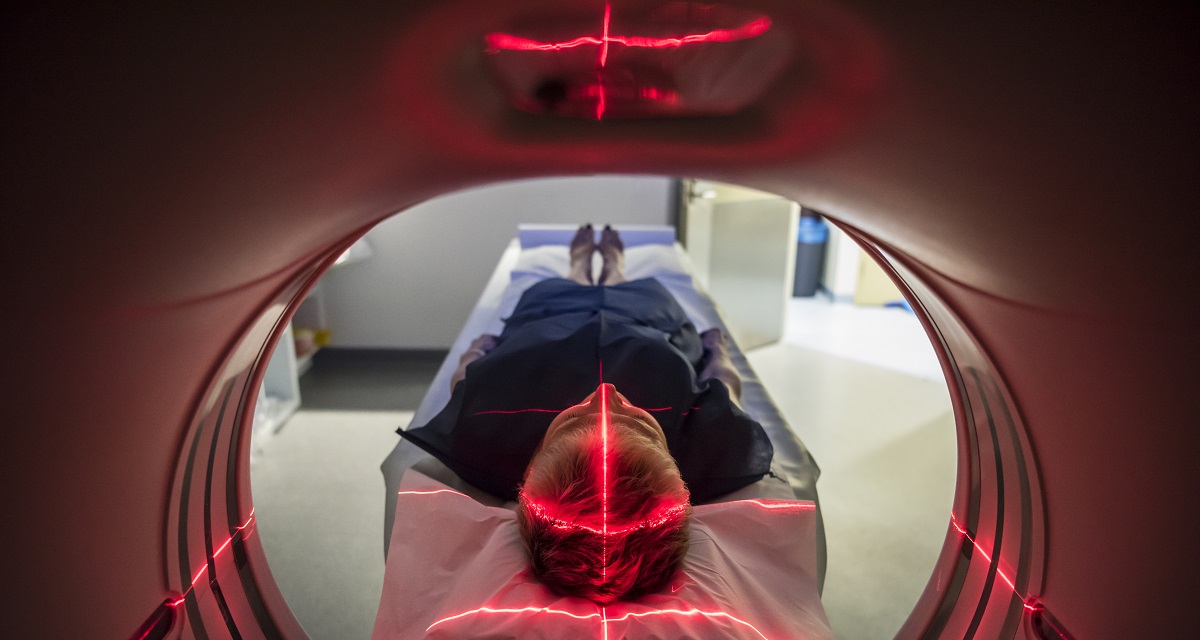Clinical outcomes data help to improve CT lung cancer screening algorithms in the future. To report the results of a clinical CT lung cancer screening program’s positive and suspicious findings.
Researchers looked back at the findings of patients who had lung cancer screening at the institution from January 1, 2012, to December 31, 2018, with follow-up until December 31, 2019. They used Lung-RADS® v1.1 to re-score all of the exams. Positive, probably benign, and suspicious exam rates, frequency/nature of care escalation, and lung cancer detection rates after a positive, likely benign, and questionable exam result were all evaluated. They assessed the amount of time it would take to determine if a worrisome exam was cancerous or benign. They used
Subcategories, reasons for positive/suspicious classification, and screening round to break down the results. 10,897 examinations were administered to 4,301 patients throughout the study. At baseline screening, the number of positive (13.9%), suspicious (5.5%), and significant incidental (6.4%) discoveries were significantly greater. Cancer detection and false-positive rates at baseline were 2.0% and 12.3%, respectively, compared to 1.3% and 5.1% in subsequent screening rounds. The only likely benign abnormalities resulting in lung cancer identification within 12 months were solid baseline nodule(s) 6 to <8 mm. The only Lung-RADS® 4A findings that fell within the Lung-RADS® anticipated cancer detection range of 5-15% were new solid nodules 6 to <8 mm (12.8%). Within three months, 38.5% of Lung-RADS® 4A tumors were diagnosed. It appears that the definition of positive and worrisome lung cancer screening findings and the indicated workup should be changed.
Reference: www.atsjournals.org/doi/abs/10.1513/AnnalsATS.202106-733OC








Leave a Reply